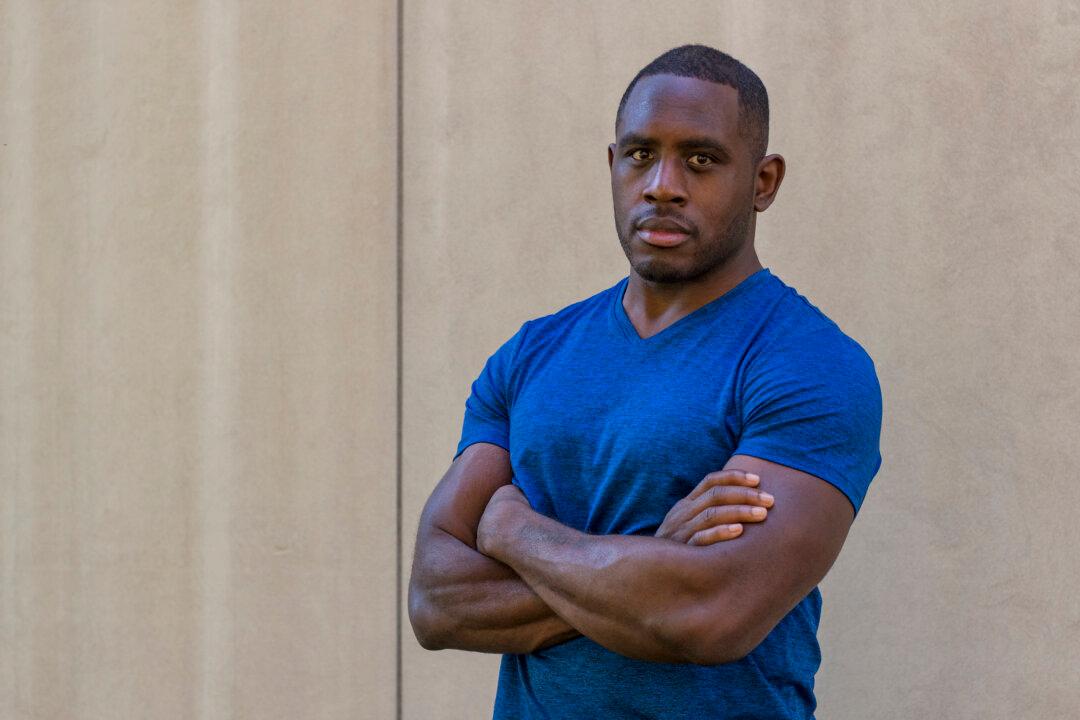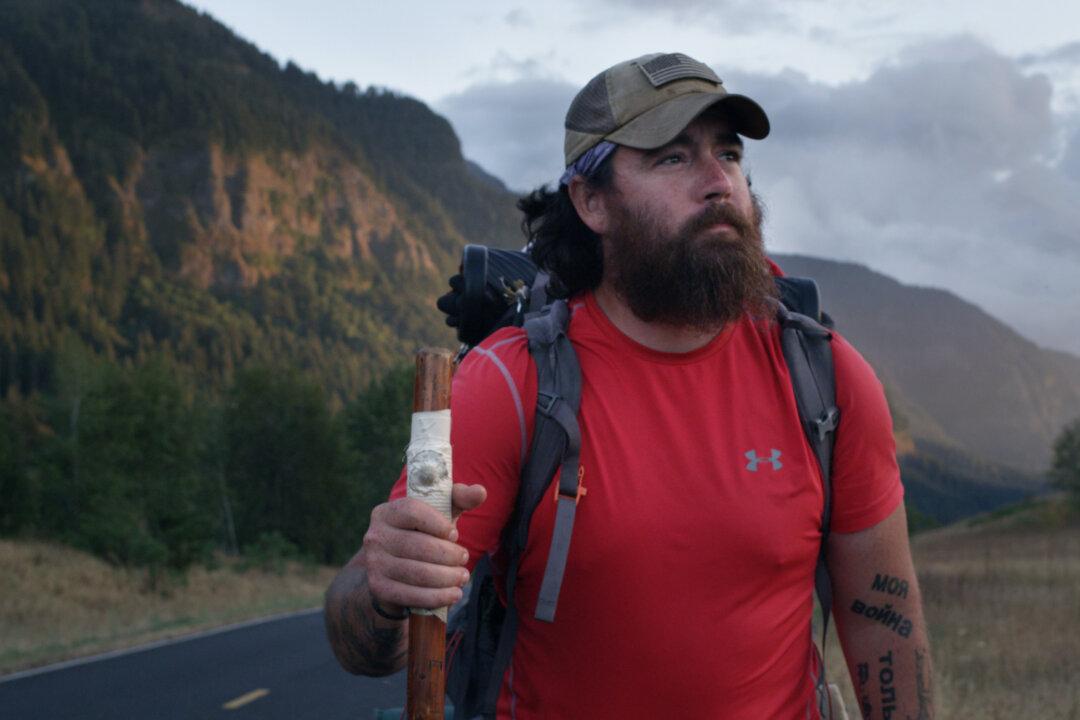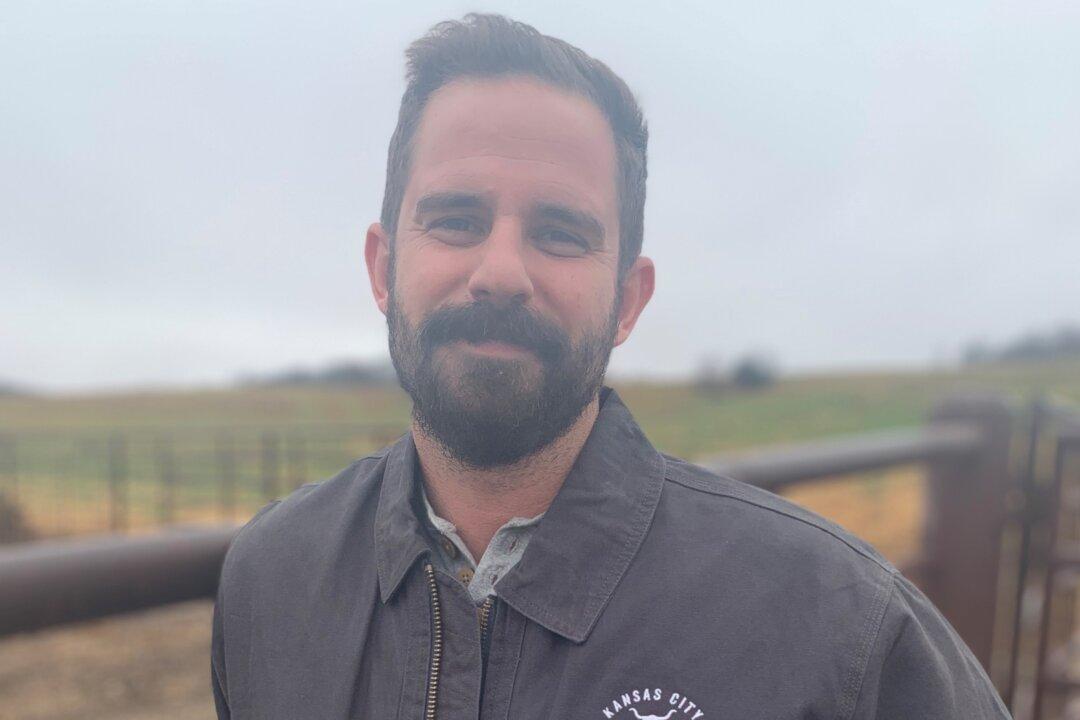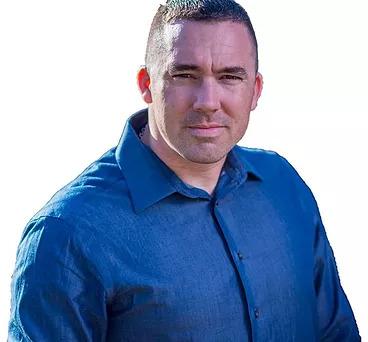One bad choice can often lead to a series of bad decisions, and can take a young person down the wrong path. That path often ends in prison. One ex-con learned this lesson the hard way, and has dedicated his life and career to keeping young people out of the criminal justice system.
Larry Lawton is the founder of Reality Check, which is a four-step program designed to tell Lawton’s personal story, show young people what prison is really like, what they will lose if they end up there, and how to avoid and dissolve bad associations. People can voluntarily participate, or they can be court ordered to do so after being found guilty of a crime.






